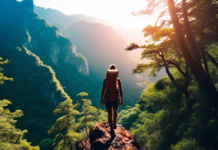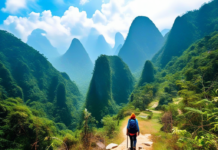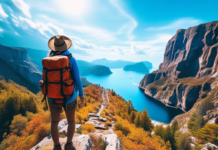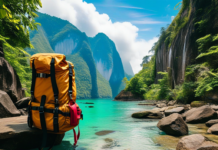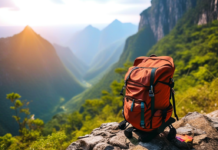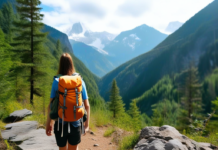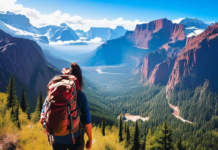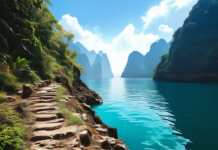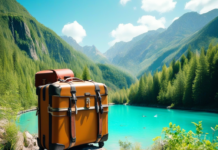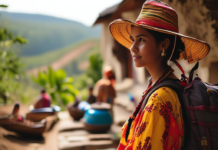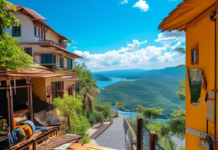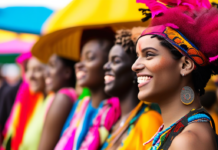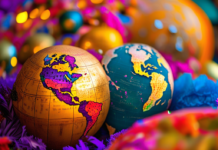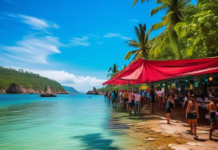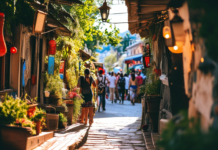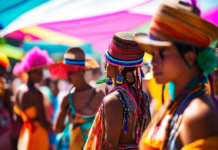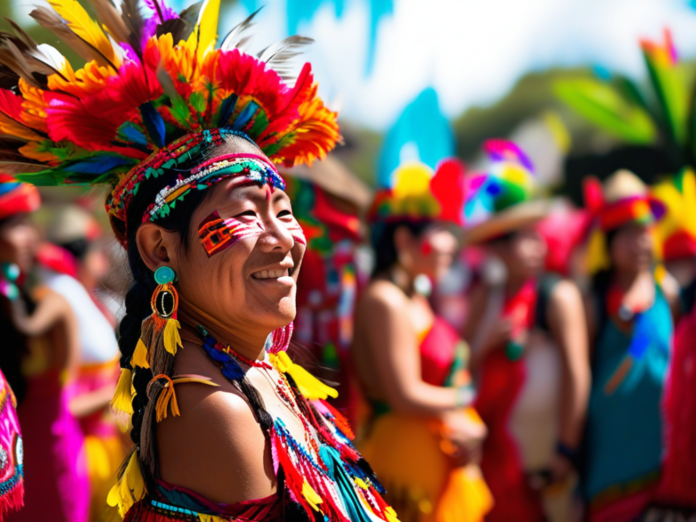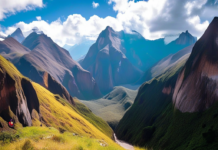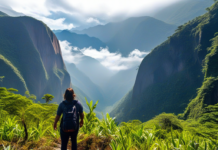South America is a continent that pulsates with vibrant culture and colorful traditions. From the peaks of the Andes to the rhythms of the Amazon, every corner of this diverse region offers a unique tapestry of customs and celebrations that showcase the rich heritage of its people. In my travels through South America, I have been privileged to witness and participate in a variety of traditional festivals that have left an indelible mark on my soul. Let me take you on a journey through the heart of South America, where ancient rituals meet modern revelry in a spectacular display of cultural immersion.
In this article you will find:
- 1. The Inti Raymi Festival in Peru
- 2. Carnival in Rio de Janeiro, Brazil
- 3. Día de los Muertos in Mexico
- 4. Qoyllur Rit'i in Peru
1. The Inti Raymi Festival in Peru
One of the most mesmerizing festivals in South America is the Inti Raymi, or the Festival of the Sun, celebrated in Peru. As a traveler fortunate enough to experience this ancient Incan ceremony in Cusco, I was swept away by the grandeur and spiritual significance of the event. Held on the winter solstice, Inti Raymi pays homage to the Incan sun god, Inti, through colorful processions, music, and dance.
Participants don traditional Andean attire, adorned with intricate designs that reflect centuries-old traditions. The air is filled with the sound of pan flutes and drums, creating a hypnotic rhythm that seems to connect the past with the present. As the sun sets over the historic city of Cusco, the Incan high priest offers prayers and sacrifices, invoking blessings for the coming year. To truly immerse yourself in the essence of Inti Raymi, I recommend arriving early to secure a good vantage point and witness the entire spectacle unfold before your eyes.
2. Carnival in Rio de Janeiro, Brazil
No discussion of South American festivals would be complete without mentioning the extravagant Carnival in Rio de Janeiro, Brazil. As a celebration of life, music, and dance, Carnival is a time when the streets come alive with samba rhythms, colorful costumes, and infectious energy. Having joined the parade as a costumed reveler, I felt the pulsating heartbeat of Rio de Janeiro as I moved to the intoxicating beat of the samba drums.
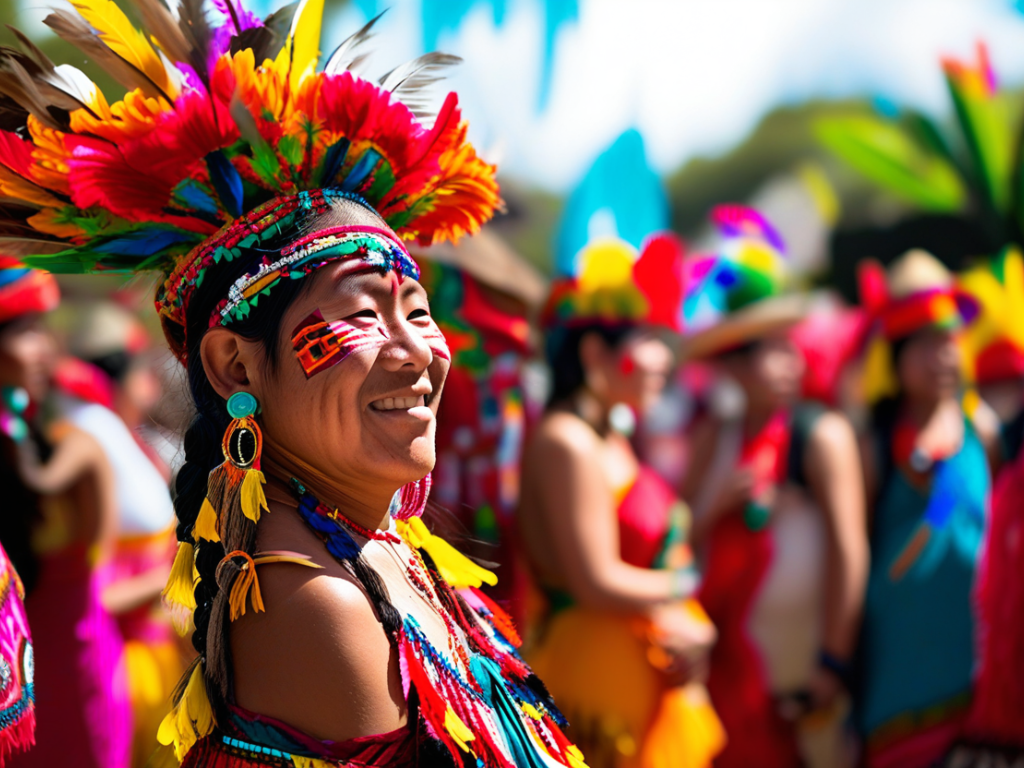
The sheer scale of Carnival is awe-inspiring, with elaborate floats parading down the Sambadrome and costumed performers dazzling spectators with their skills and showmanship. From street parties to masquerade balls, the festivities extend far beyond the main parade, offering a multitude of ways to partake in the revelry. To make the most of your Carnival experience, be sure to plan ahead, book tickets for the Sambadrome early, and immerse yourself in the infectious spirit of Brazil.
3. Día de los Muertos in Mexico
Steeped in centuries-old tradition and vibrant symbolism, Día de los Muertos, or Day of the Dead, is a poignant yet joyful celebration that honors departed loved ones in Mexico. During my time in Oaxaca, I was captivated by the intricate altars, or ofrendas, adorned with marigolds, candles, and photos of the deceased. The air was filled with the scent of copal incense, a fragrant offering to guide the spirits back to the earthly realm.
One of the most moving experiences during Día de los Muertos is the night-time vigils held in cemeteries, where families gather to clean and decorate graves, share food and stories, and serenade the departed with music and poetry. The sense of community and reverence for life and death is palpable, reminding us of the interconnectedness of past, present, and future. To fully embrace the spirit of Día de los Muertos, I recommend participating in a traditional procession, visiting local artisans to learn about the craft of making sugar skulls, and tasting the festive pan de muerto bread.
4. Qoyllur Rit’i in Peru
High in the Peruvian Andes, the remote village of Sinakara comes alive each year during the Qoyllur Rit’i festival, a unique blend of Incan and Catholic traditions. As a traveler seeking off-the-beaten-path experiences, I was drawn to the mystical atmosphere of this pilgrimage, where thousands of devotees trek to the snow-capped Ausangate mountain to pay homage to the Lord of Qoyllur Rit’i.
The highlight of the festival is the colorful dance performances, where dancers don elaborate costumes and masks to reenact ancient myths and legends. The air is filled with the sounds of traditional Andean music, as participants form processions and offer prayers for blessings and protection. Camping under the starlit sky and witnessing the break of dawn over the sacred mountain is a surreal experience that stays etched in the memory forever. If you’re planning to attend Qoyllur Rit’i, be prepared for high altitudes and cold temperatures, and respect the customs of the local communities by seeking permission before taking photographs.



